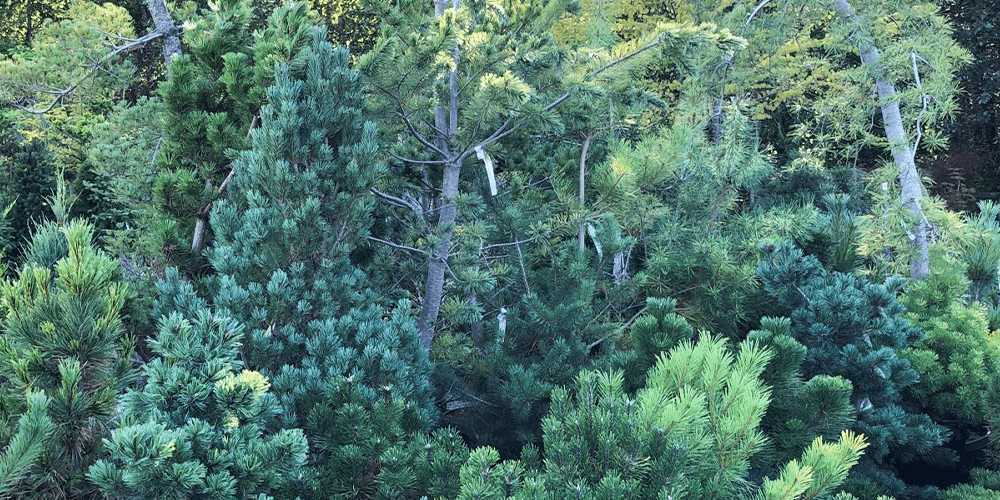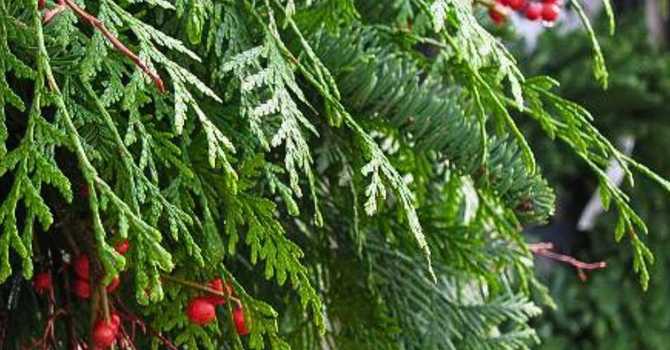
Prune back!
Many people hesitate to prune an evergreen because they are afraid of ruining the tree. Its shape can certainly be distorted by incorrect pruning, but seldom is the tree destroyed. Experimenting with a few trees in your landscape is one of the best ways to learn, and mistakes can usually be corrected. Armed with a little basic information and common sense, anyone can prune their landscape plants. Timing, however, is everything.
When is the best time to prune?
The best time to begin pruning most evergreens is in mid-winter. Evergreens or conifers are the easiest of all trees to prune. Tall growing cedars and cypress can be pruned with quality, sharp two-handed grass shears for light trimming, or with electric or motorized hedge shears for heavy going. Simply prune following the natural shape of the tree. Columnar cedars, such as ‘smaragds’ and ‘pyramidalis’, should be pruned in narrow columns, and trees like Golden Cedars and Green Cypress should be pruned in a little wider pyramidal form for the ultimate effect in a landscape. Their tops can be cut off at any height. Their sides must be sheared yearly to maintain an attractive form.
Our secret...
The secret to maintaining good colour and new growth is to prune into the soft wood of last year’s growth. Cutting into the old hard wood results in rather shaggy-looking trees. Globular shrubs, like Globe Cedars and the beautiful, compact Hetz Midget cedar, should be pruned in the same manner. Ground cover plants, like junipers, should be pruned hard each year to maintain an attractive oval form. So often they are allowed to sprawl unevenly over the ground with huge branches jutting out here and there. When you try to cut back these overgrown plants, it is almost impossible to avoid leaving a woody-looking, unattractive stump. If you find a great deal of ‘browning out’ on your junipers, apply copper spray now to control this problem. All ground covers need an annual trimming when they are young to encourage an even, full and attractive growth pattern.
Boxwood hedges need two trimmings a year to keep them looking neat. Prune them now and again the first week in July. Trim rather vigorously, otherwise they will quickly get away on you. To keep your boxwood green, add a little dolomite lime under the drip line now.
Some exceptions
To keep the size of your trees in proportion to your landscape, and to maintain their beauty far longer, they need an annual pruning. So clean and sharpen your blades and head out to the garden!
Note
Cedar hedging can be trimmed throughout the year if a cosmetic tidy up is needed, but try not to prune on a hot day, and do not cut them back by more than one third.
Content by Brian Minter


